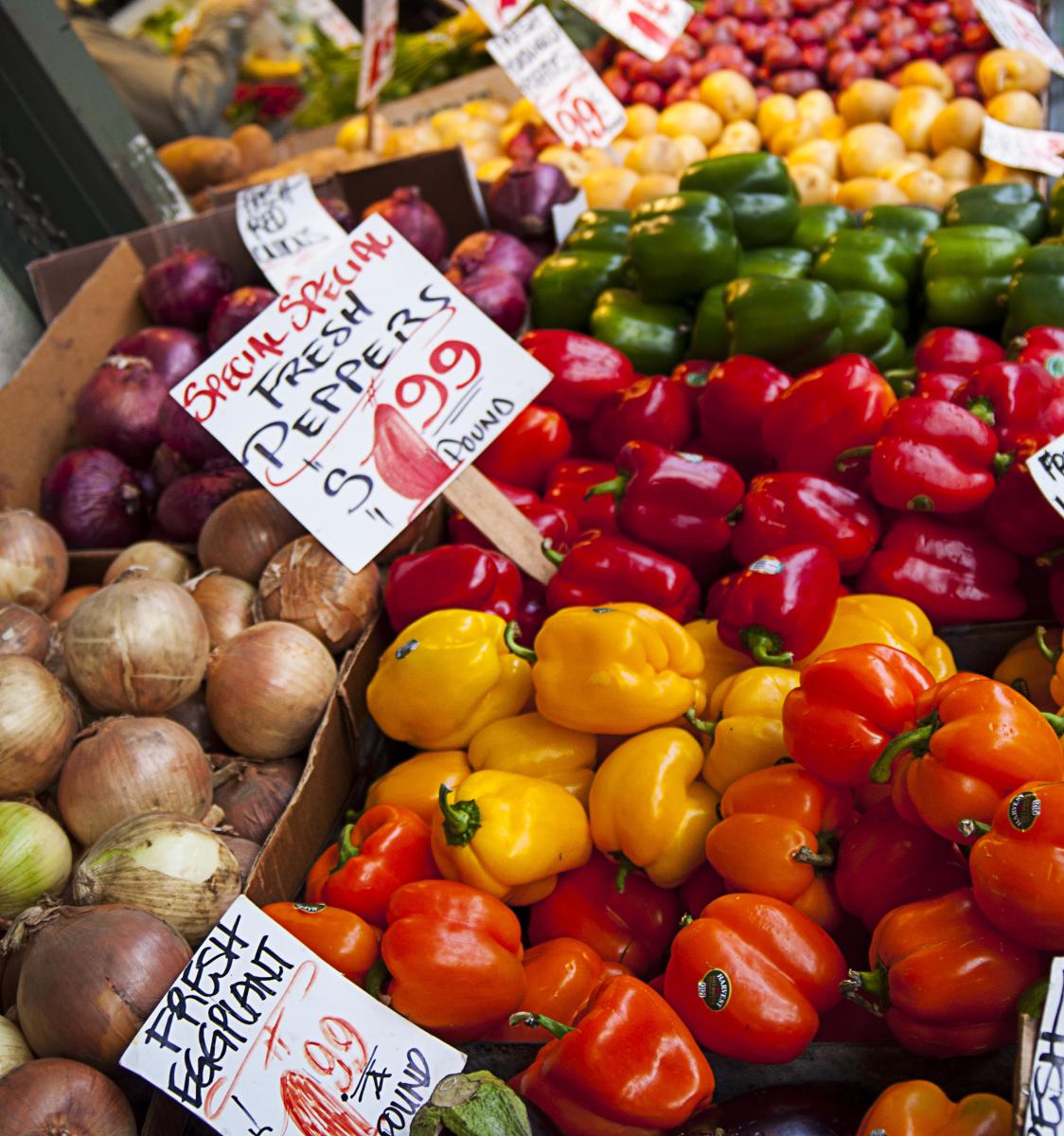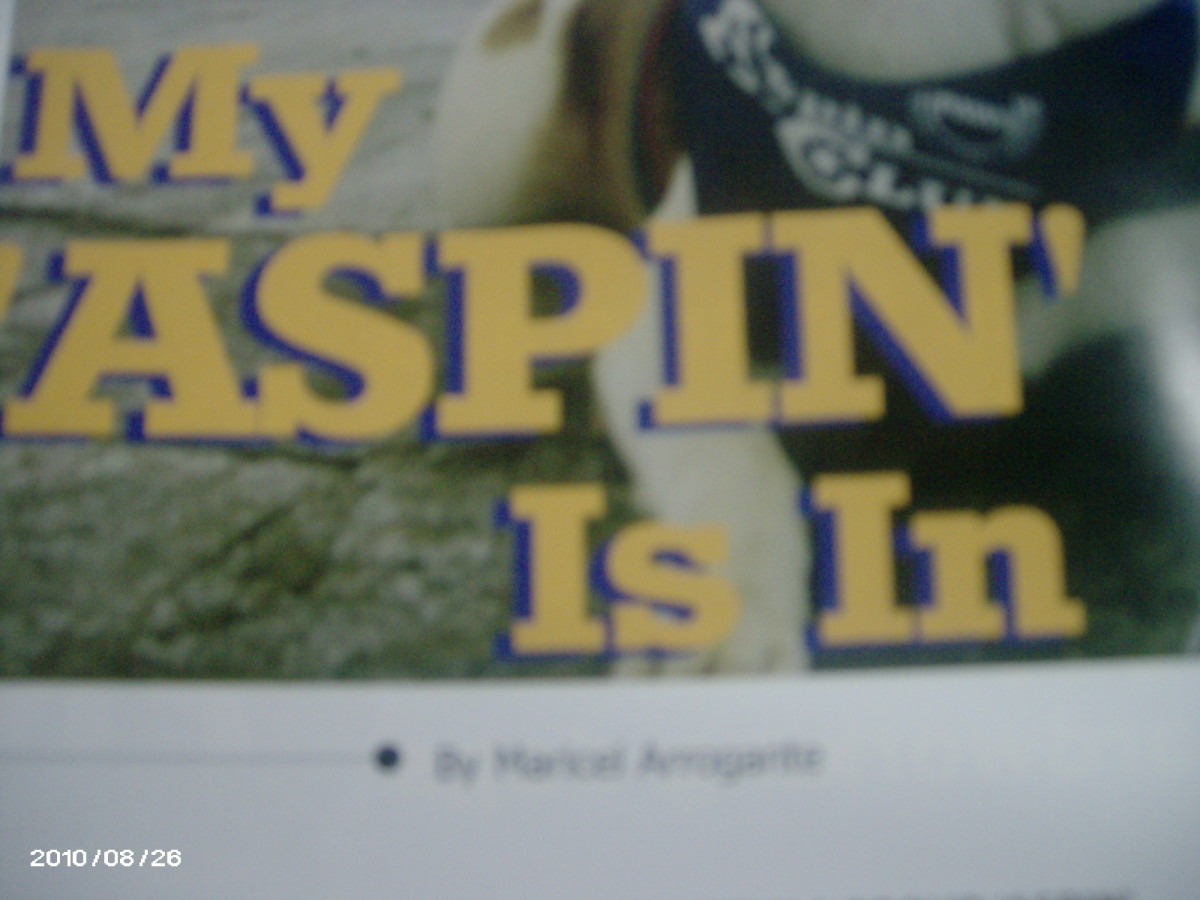How To Start A Local Food Buying Club
Food fresh from the field is what we all seek, but only a small number of us can grow it. So what can we do to see that our families get the healthy and tasty foods that they need?
Furthermore, can we do so and contribute to the development of our community as well? The answer is yes.
There are a number of ways that this can be done and in this hub I will explore the one that I feel is the simplest to do.
The process that I am about to set out is based upon my personal experiences in Saint John, New Brunswick and is the one that I am putting into action where I live now.
It all began with a conversation that I had with a local grocer. He ran a small shop and when he could he bought local produce to sell. He was making regular trips to a farmer’s market about an hour out of town. The market was only open on Saturdays and he went early.
We began to discuss organic food but more importantly the need for locally produced food. Why local well. In addition to being as fresh as it gets, local food does not travel hundreds and thousands of miles to get to your table. So the amount of fossil fuels that are used is significantly reduced.
Also the money that you have spent purchasing from a locally owned shops means that your money is more likely to remain in your community and circulate thus contributing to a building a strong local economy, than money spent at a multi-national chain will.
I asked the grocer if he would be interested in working with a local food buying club. The idea being is that the members of the club would pay a weekly or monthly fee to the grocer and he would travel to the market and purchase fresh local items, organic if possible.
He was getting paid up front thus eliminating his risk and so he said yes.
The next step was to recruit members for this club.
I was already following the 100 Mile Diet and had made contact with two other people who were willing to do the same.
It was at this point that we began to get organized. A meeting date, time and place was set and the three of us sat down over coffee, organic, fair trade, and discussed how we could recruit 4-6 other people to join the food buying club and promote the 100 Mile Diet at the same time.
Or solution was to hold a 100 Mile Diet dinner. The menu would consist of items that were all from within a 100 mile radius of Saint John.
Two other planning meetings were held and as a result a hall with a kitchen was booked, a menu planned and invitations went out.
We had agreed that this would be an invitation only event with RSVPs. This way we could control the number of guests.
The 18 guests who arrived for dinner, enjoyed a vegetarian Sheppard’s pie, a green salad and apple pie for desert.
During the meal, we talked about food and explained the 100 Mile Diet. It was generally agreed that the goal of having all our meals made from food available within the 100 mile radius was difficult. People agreed that one meal was possible.
After desert and during coffee, we talked about what we could do to help ourselves achieve our targets.
The idea of a food buying club was introduced by me and people welcomed the possibility.
We agreed to meet in two weeks time and work out the details.
I went to the green grocer and told him that there were 12 people in all who would likely form the club, maybe more. Was he still interested?
He was, so we discussed money. It was decided that the group would set the fee and that he would buy what he could with the money we brought him.
We had agreed at the dinner to keep the first meeting of the club closed to people who ha not attended the dinner. The reason was that we wanted to work out the kinks in the process and make it work before expanding it.
At the food buying club meeting we agreed that at this point that there was no need to form any formal organization at this point, if all went well we may decide to look at a cooperative structure but for now the informal set up should work. It did.
The following steps were agreed upon:
1- the fee would be five dollar per share per week
2- You could buy more than one share
3- The money must be taken to the grocer who would have everyone’s name on a checklist by 5 p.m on Friday. No money no share.
4- The food would be available for pick up beginning at noon on Saturday.
That was how we got started. The grocer also informed people about new items he discovered and that would be available and when foods were coming into season such as blackberries, raspberries, blueberries and strawberries. Eggs and organic milk were also available for those who wanted them. The eggs were free range.
The relationship between the members of the club and the grocer began to develop and people were comfortable coming to him and asking for specific items. They, of course, could buy anything they wanted outside of the club structure and over the weeks that the club ran that year, the grocer saw his business increase.
The growers at the farmer’s market also sold more and some new growers found at least one eager customer.
I left Saint John that fall and have just recently begun this process here, first by finding others who were interested in the 100 Mile Diet and issues such as relocalization and making initial contacts with a local grocer.
A 100 Mile Diet dinner is being discussed. A personal benefit for me is that, my connections within my new community have been forged faster than they would have if I simply shopped at the Superstore and did not pursue one of my passions( local food) when the opportunity presented itself.
.
alternative food systems
- Women & The Economy - Alternative Food Systems
Women and the Economy - a project of UNPAC Manitoba. Come and share your stories with us.








